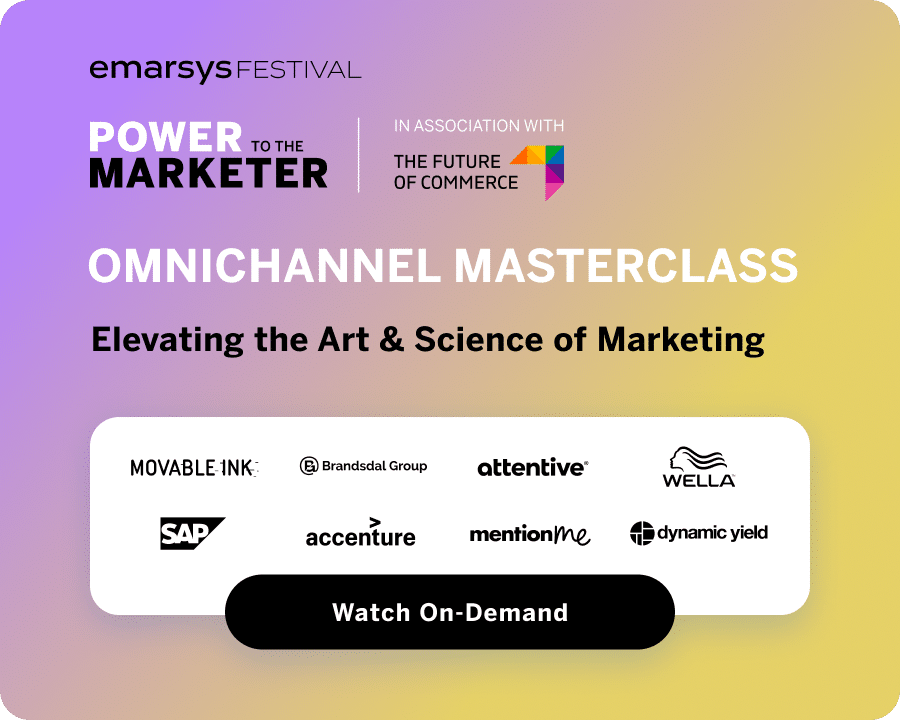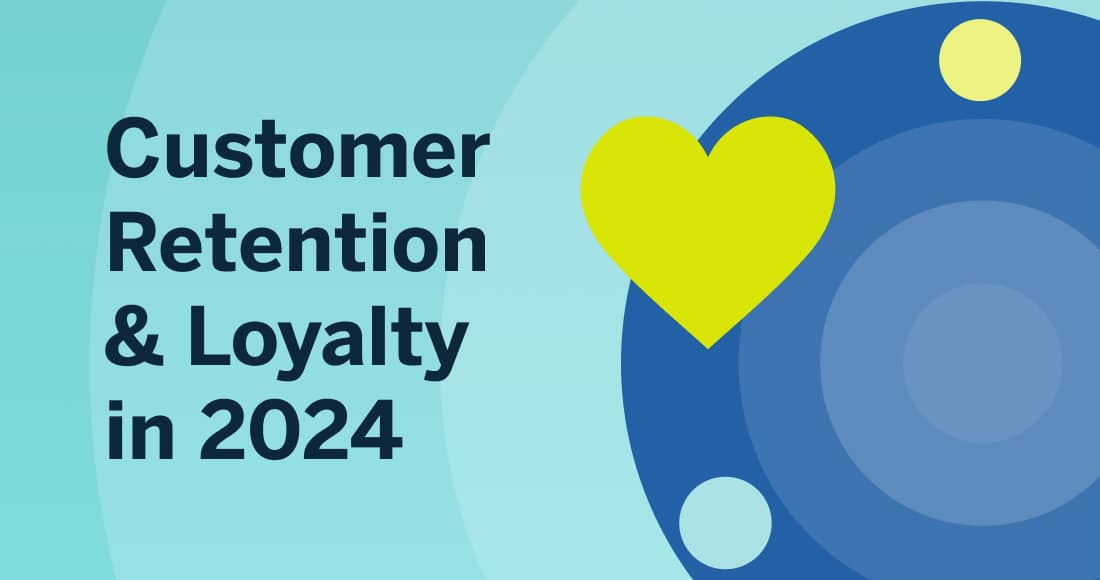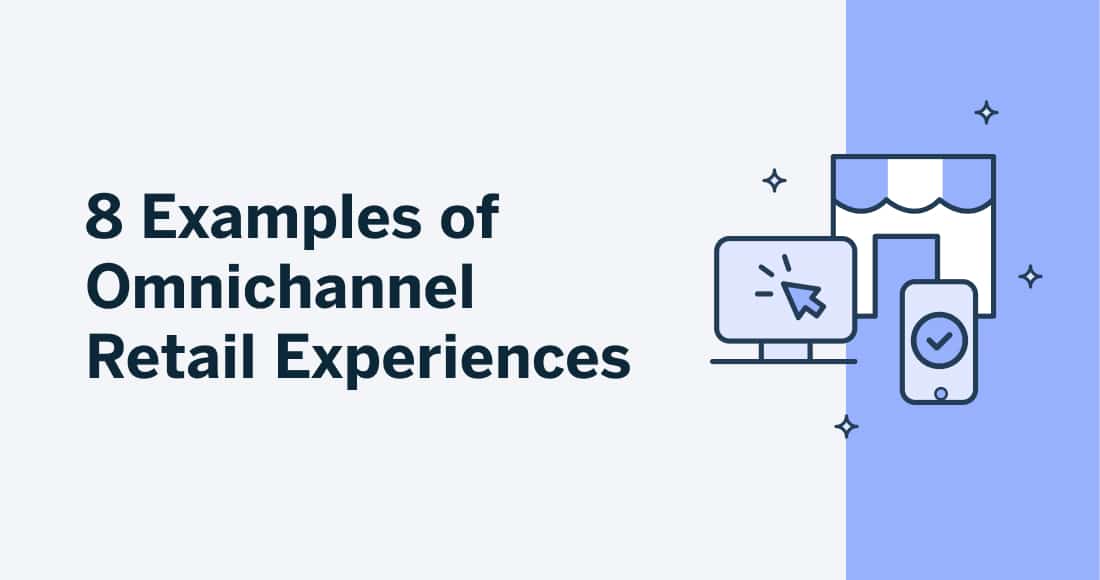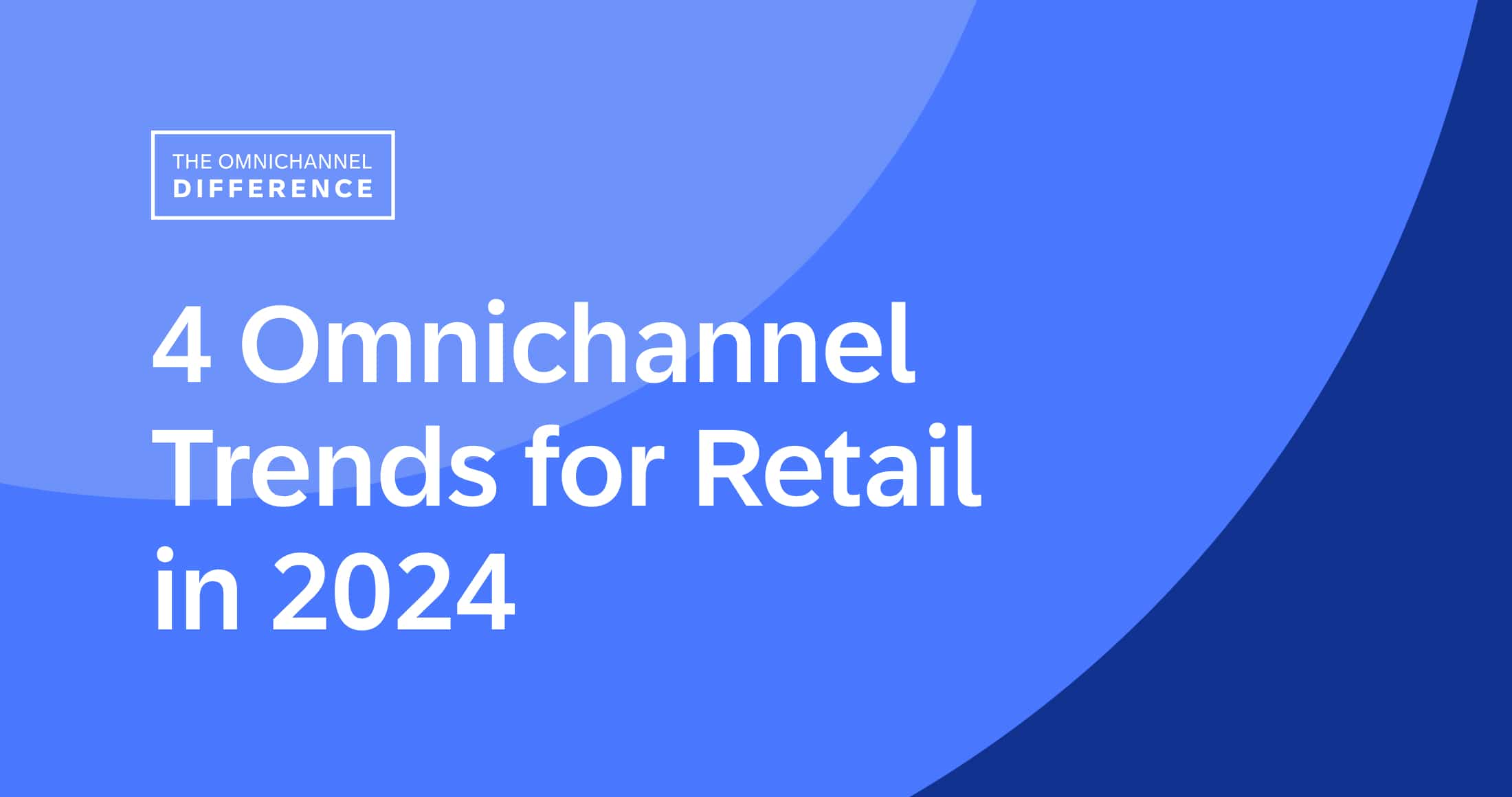Mobile devices have become integral to our lives. Hardly a novelty, they are a staple item; deeply intertwined into most of our day-to-day activities. They fit effortlessly into our social experiences, education and learning experiences, and work experiences.
So it’s only natural that a customer would expect to use their mobile devices as just one part of a seamless omnichannel shopping experience. They also expect mobile shopping experiences to be as personalized and relevant as the experiences they have within other channels. Anything less feels jarring and unsatisfying.
As more and more customers are embracing online and mobile shopping, it’s imperative to deliver relevant, 1:1 personalized experiences to customers on your mobile channel.
Here’s a look at the tools and strategies that can help you deliver the types of mobile shopping experiences that keep your customers coming back.
Matching Customers Expectations
“32% of customers will leave a brand after a single bad experience.”
(source: PwC)
Although there are many factors that will define whether or not a customer has a good experience with your brand, there are a few must-haves to consider:
Consistency Is Key
Customers want to move between channels in a way that feels like one complete experience.
Their journey may begin by browsing products on your website, and they might even add an item or two to their basket. But if they switch to your mobile app and suddenly have to start their journey all over, they might lose interest or patience. And that makes for a bad experience.
Your customers want to move from one channel to the next in a way that feels seamless and continuous. Consistency between your channels helps you convert customers faster — move leads to first-time buyers — and ensure they come back again and again.
Stay Relevant
Imagine receiving a generic in-app product recommendation for a shirt you already purchased. Or getting a push notification about a deal on snow boots even though you’ve spent weeks looking at nothing but beachwear.
These irrelevant offers won’t make for a stellar brand experience, nor are they likely to inspire a purchase.
Instead, the messages and communications you deliver to customers through your mobile channels should be highly relevant, offered in the moment, and uniquely tailored for the individual. Delivering 1:1 personalized experiences — relevant to the customer depending on where they are in their journey — will allow you to retain and convert more customers.
3 Ways to Maximize the Mobile Experience
Relevancy and consistency are important components in delivering a satisfying shopping experience to your customers. It’s also important to consider how you’ll reach and engage your mobile customers.
In order to get better results and maximum value from your mobile channels, here are a few tactics to consider:
In-App Personalization
The more you can personalize an experience for a customer, the more engaged they will be. Thus, by personalizing your customer’s in-app experience, you’re able to increase their engagement while in your app, leading to higher retention rates, more conversions, and better business outcomes.
Use targeted, tailored in-app promotions and offers to make each customer’s session more relevant and personalized. These should be crafted in a non-invasive way so as not to disrupt the customer’s journey.

Build event-based actions so that, for example, if a customer makes a purchase in the app, they’ll be instantly encouraged to leave product reviews. Not only does this provide a level of engagement that leads to greater retention, but these reviews end up serving as a great form of social proof that inspires others to purchase.
Mobile Inbox
Shoppers view 4.2x more products per session within an app, compared to a mobile site. Use a mobile inbox to deliver personalized updates, incentives, and promotions within your mobile app. This is often times more convenient and less intrusive for the customer — especially those who have opted-out of push marketing campaigns.
These types of personalized offers are particularly powerful in strengthening your relationship with loyal customers. The goal is to make it easy for your customer to quickly find and use available discounts — or if you have a loyalty program, reward points.

Push Notifications and SMS Messages
Push notifications will have a vital place in your mobile marketing strategy. They can offer convenience (i.e., shipping update on an order in-transit), in-the-moment information (i.e., confirming recent transaction), or contextual updates (i.e., back-in-stock product). This means you can deliver value to customers in different ways than in-app messages or a mobile inbox provide.
SMS messages, although outside the app, serve a role in the complete mobile experience, and provide value much like push notifications. Brands like Trilab have experimented with in-the-moment, personalized text messaging to connect with customers and confirm appointments, share interesting deals, and more.
Final Thoughts
From a customer’s perspective, the lines between channels have blurred. Whether they are on your website, in your app, or in your store, they see one seamless shopping experience. But the trend toward digital continues to increase as customers revel in the convenience and immediacy of online shopping.
This makes mobile a crucial part of a digital-first strategy. And customers expect mobile experiences to be as satisfying as the shopping experience you provide on any other channel.
You’ll need to have the right tools in place and a customer engagement platform that will allow you to deliver the relevant, 1:1 personalized mobile experiences your customers deserve.
Handpicked Related Content:














